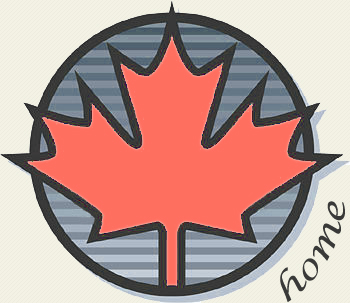Our Great Trees
 Back in April, when we went to the Nature Center celebration, we picked up a kit for measuring trees and submitting them to the "Great Tree Search." Ostensibly this is a contest to find the biggest tree in Maplewood, but I think it's really about recruiting volunteers to document some of our city's oldest and most treasured trees.
Back in April, when we went to the Nature Center celebration, we picked up a kit for measuring trees and submitting them to the "Great Tree Search." Ostensibly this is a contest to find the biggest tree in Maplewood, but I think it's really about recruiting volunteers to document some of our city's oldest and most treasured trees.One of the reasons we picked our house back in 2001 was because of its many trees. They are not only beautiful and majestic, but they provide wonderful shade, making it more pleasant to be outside in the yard in the heat of summer and also keeping our cooling bills lower. Trees are a multifaceted asset: ecological, environmental, economic — and just plain nice to have around.
This week we finally pulled out the kit from the nature center and took measurements of our four trees we judged to be the largest. Michelle and I figured out a useful trick -- lacking a tape measure long enough for the height of these trees, we put one of our long outdoor extension cords to work for measuring. We marked off 20-foot increments on a 100-foot cord. Michelle would stand at the tree, and I would pull the cord out to the distance for measuring the tree's height (using their handy triangle tool with the level and mirror). Then we just had to measure from the nearest 20-foot mark. This seemed to be more accurate, since we could see the cord was in a straight line, as opposed to walking away from the tree in smaller measuring increments (and inevitably zig-zagging a bit along the way).
I'm less confident about the accuracy of our crown spread measurements. Part of the problem is that three of our four trees have branches that go far over fences into neighbor yards, or in one case (our biggest tree in the woods in the back) it's hard to see up through the foliage of lesser plants below.
So here are our candidates, and their measurements today recorded with the Nature Center for posterity:
| Tree | Circumference | Height | Crown Spread |
| Boxelder* | 124 inches | 74 feet | 59 feet |
| Pin Oak | 107 inches | 79 feet | 52 feet |
| Silver Maple** | 89 inches | 86 feet | 50 feet |
| Pin Oak*** | 117 inches | 92 feet | 56 feet |
*From talking with more tree-savvy people, we're not entirely sure this is a boxelder, given its size. We were basing its identity on the leaves, using the identification booklet that came in the Tree Search kit.
***We think it's a pin oak, but we're not entirely sure because we couldn't make out the shape of its individual leaves from the ground.


Post a Comment